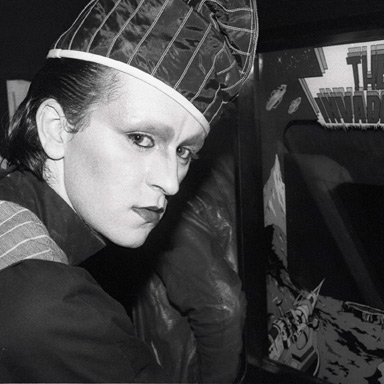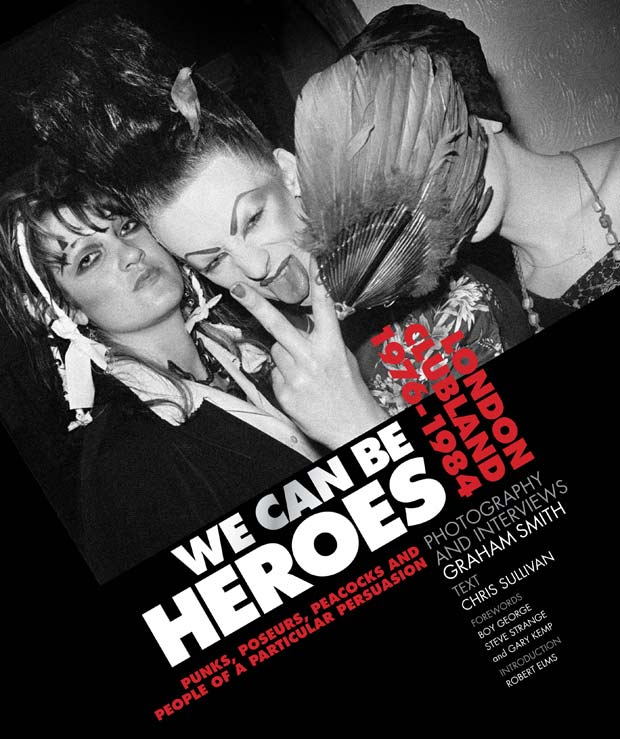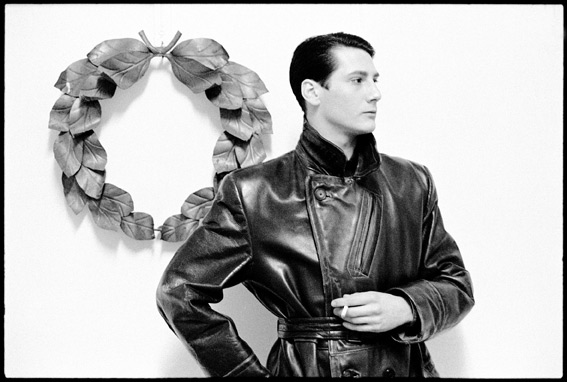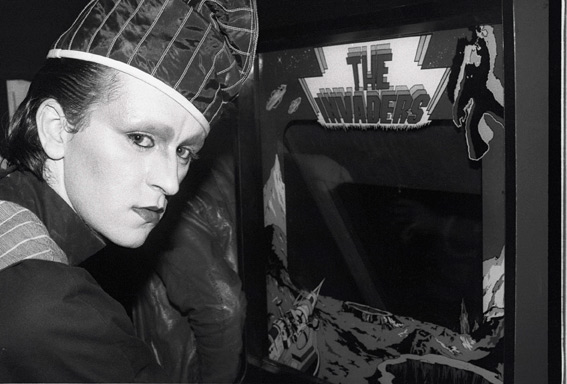We Can Be Heroes
An insider’s perspective on London’s clubland 1976-1984



There’s a seductiveness that surrounds the London club scene of the late ’70s and early ’80s. It was an era that spawned a host of new music, a few new drugs, some serious fashion and Boy George. With his new book, “We Can Be Heroes,” Graham Smith packages the nostalgia for those who romanticize or actually remember it.


As a young man, the untrained photographer got his hands on a 35mm Praktica and began snapping friends and musicians in the early punk scene. He started out processing them at home in a cupboard, storing them away as mementos. Later, when the media caught on to the trend and began reporting on what they called “The New Romantics,” Smith and others felt that it was misrepresented. The photographic coverage was always from an outsider’s perspective, and attracted poseurs who flocked to be part of the scene’s cool factor.
Smith’s intensely personal photos depict his cohorts, many of whom went on to become major icons. Among the book’s 400 images are stills of Gary Kemp, the Sex Pistols, Boy George, Iggy Pop and Robert Elms. Smith conducted 60 interviews with artists and club regulars and wrote the book with Chris Sullivan, a friend and fellow ne’er-do-well. “We Can Be Heroes” offers a glimpse into the interiors of legendary old spaces like Billy’s, the Mud Club, the Blitz and Le Beate. The book also includes DJ set lists, club flyers, magazine covers and other paraphernalia of the bygone era.


Due out on 8 December 2011, “We Can Be Heroes” is raising funds to get made through the donation-based site Unbound, and still needs supporters. To help bring the book to life, head over to the site and make a pledge. There are a range of donation options—£50 will get you a signed first edition and the satisfaction of knowing you helped record a pivotal moment in music history. In the meantime, the book’s on display through 23 December The Society Club in London.









